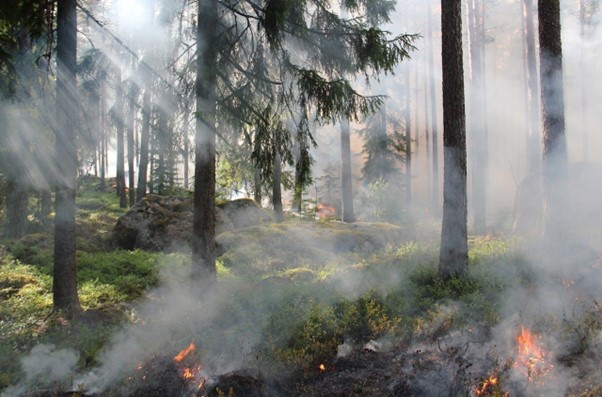How Illinois Schools Can Prepare for Natural Disasters

Illinois schools are more than just places of learning—they are community hubs, safe spaces, and in some cases, emergency shelters. But they are also vulnerable to the state’s varied natural disasters, from tornadoes in central Illinois to floods along the Mississippi River, winter blizzards in the north, and even the occasional earthquake in the southern region.
Preparing schools for natural disasters is essential to protect students, staff, and the community. Below are seven key strategies Illinois schools can use to strengthen their emergency readiness and ensure a swift, safe response when disaster strikes.
Conduct a Comprehensive Risk Assessment
Preparation starts with knowing the risks. Each Illinois region faces different threats, so schools should begin by assessing:
- The types of disasters are most likely in their area.
- The structural strengths and weaknesses of school buildings.
- Potential hazards in surrounding areas, such as rivers, train tracks, or industrial facilities.
By identifying vulnerabilities early, school administrators can prioritize safety upgrades and resource allocation.
Develop a Detailed Emergency Response Plan
Every Illinois school should have a written plan for each type of natural disaster they might face.
- Plans should outline evacuation routes, shelter-in-place procedures, and communication protocols.
- Include clear assignments for staff members, such as who will lead evacuations or manage first aid stations.
- Plans should be accessible to all staff and reviewed at least annually.
Schools should also coordinate with local emergency management agencies to ensure their plans align with community-wide response efforts.
Train Staff and Students Regularly
A plan is only as effective as the people implementing it.
- Conduct regular drills for tornadoes, fires, earthquakes, and lockdowns.
- Teach age-appropriate emergency procedures so students know how to react without panic.
- Train teachers and staff in first aid, CPR, and basic disaster response skills.
Repetition builds confidence, making responses faster and more instinctive during a real emergency.
Strengthen School Infrastructure
Mitigating disaster damage often means upgrading facilities.
- Reinforce roofs, windows, and doors to withstand high winds.
- Install flood barriers or improve drainage systems in flood-prone areas.
- Ensure backup generators are in place to maintain power during extended outages.
After disasters involving water intrusion, timely Water Damage Remediation is essential to prevent mold growth and structural deterioration. Partnering with experts in advance ensures faster recovery if flooding occurs.
Establish Communication Systems for Parents and Staff
Clear communication is critical during emergencies.
- Implement mass notification systems that can send texts, emails, and automated calls to parents and staff.
- Have backup communication methods, such as portable radios, in case power or cell service fails.
- Keep parent contact information updated and secure.
In a crisis, quick updates reduce confusion, prevent misinformation, and reassure families.
Stock Emergency Supplies
Being prepared means having essential resources on hand.
- Store first aid kits, blankets, bottled water, non-perishable snacks, and flashlights in multiple locations around the school.
- Keep backup batteries and solar chargers for communication devices.
- Stock extra cleaning and sanitation supplies for post-disaster cleanup.
Supplies should be checked and refreshed regularly to ensure they remain usable.
Build Relationships with Professional Disaster Recovery Services
No school can handle every aspect of disaster recovery alone.
- Partner with reputable companies like Classic Disaster Services that specialize in cleanup, restoration, and repair after major events.
- Have agreements in place for services such as debris removal, structural repairs, and water damage remediation.
- Coordinate with local police, fire departments, and emergency management teams for integrated recovery efforts.
These partnerships ensure schools can reopen quickly and safely after an incident.
Conclusion
Natural disasters are unpredictable, but preparedness is not. By assessing risks, developing detailed response plans, training staff and students, fortifying buildings, maintaining strong communication, stocking supplies, and partnering with professional recovery teams, Illinois schools can protect their students and community when the unexpected happens.
When the storm passes or the floodwaters recede, the focus shifts from safety to recovery. That’s where Water Damage Remediation and companies like Classic Disaster Services play a vital role—restoring facilities so learning can resume as soon as possible.
Preparedness in Illinois schools isn’t just about compliance with safety regulations—it’s about creating a culture of readiness that ensures the well-being of every child, every teacher, and every staff member, no matter what nature brings.





